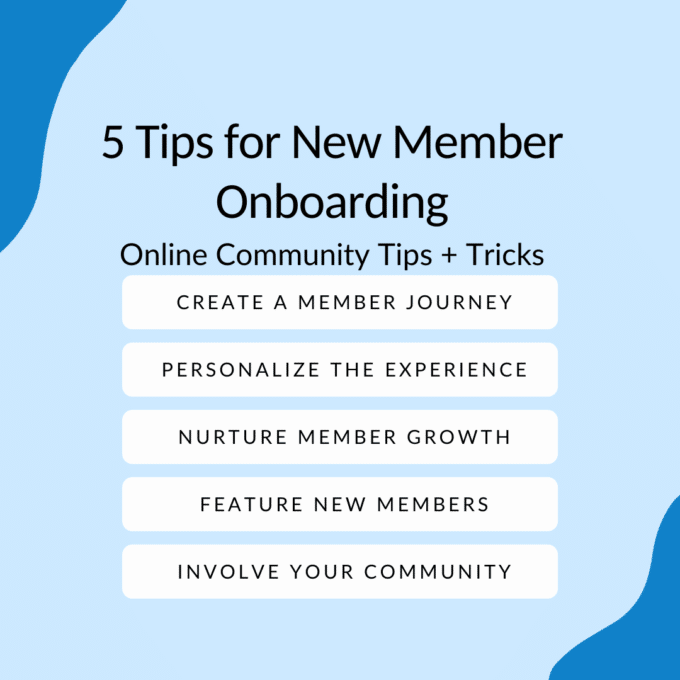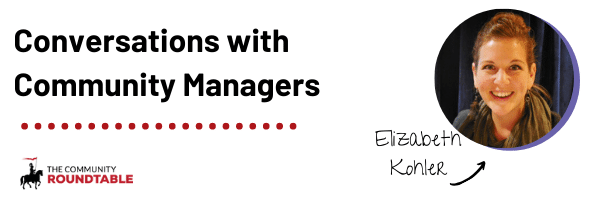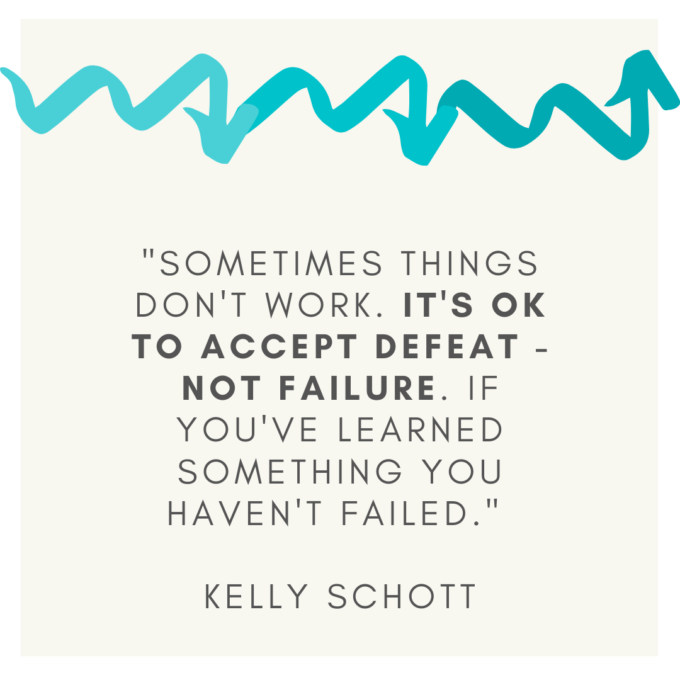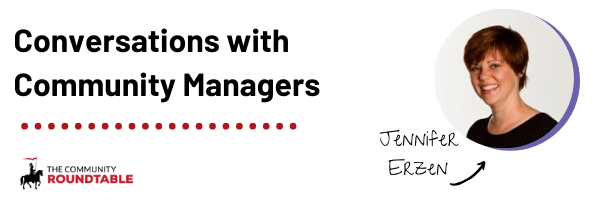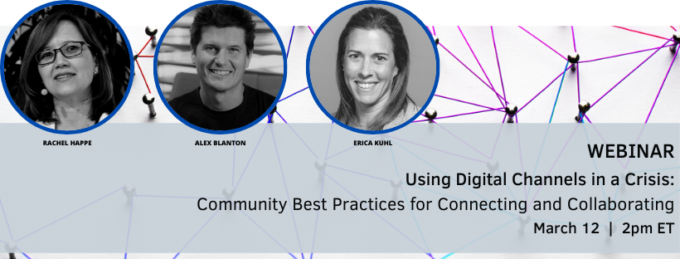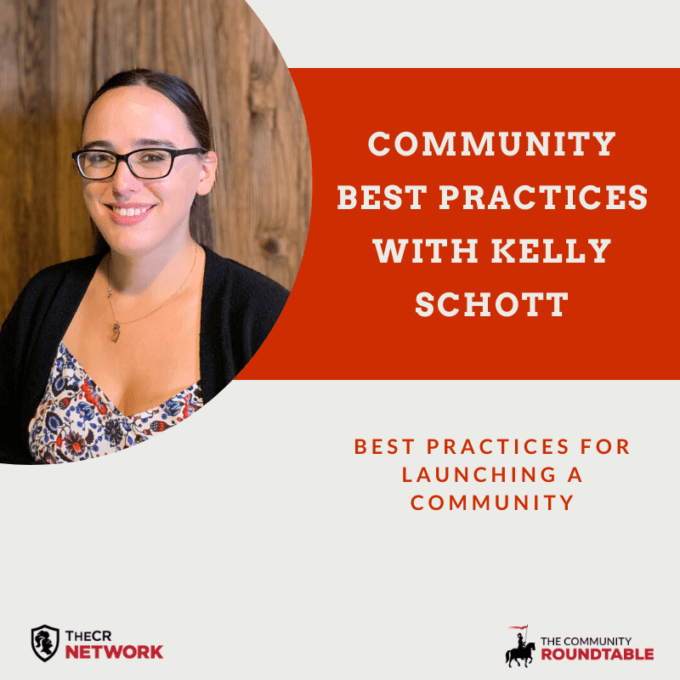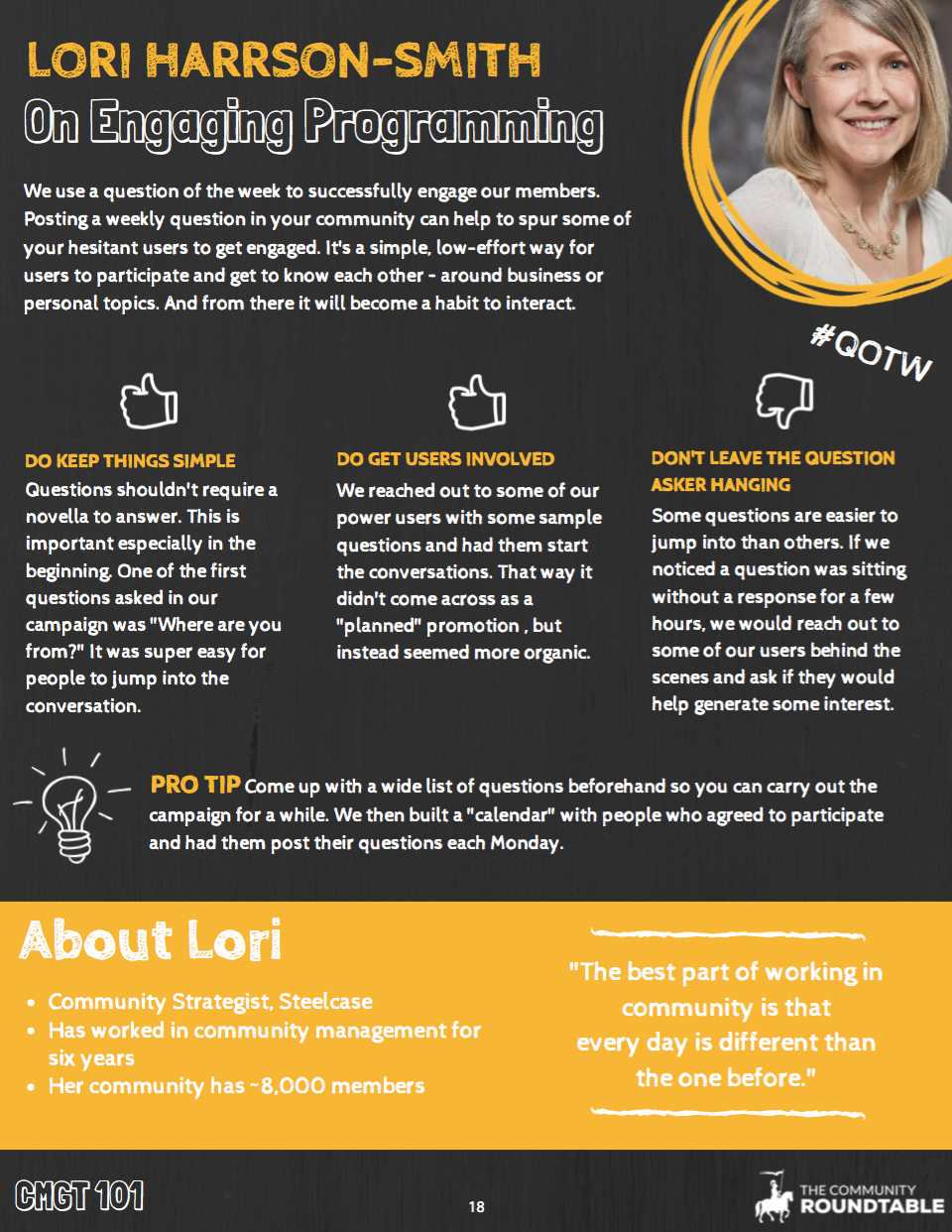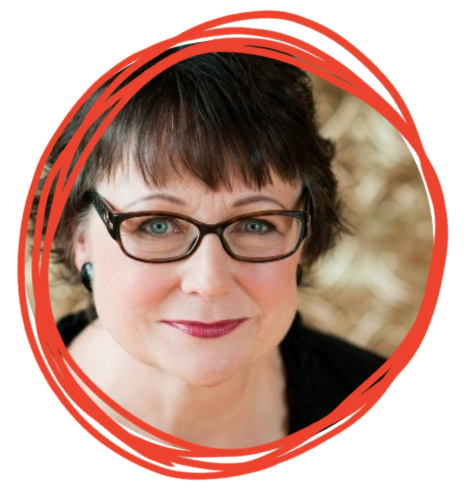One of the most consistent findings in our State of Community Management research is on the impact of new member programs in getting increased long-term engagement. It makes sense – having someone welcome you, give you some ground rules on behaviors, give you a tour of the community, etc., makes new members more comfortable, and you’re more likely to dip a toe in a new community if you have ideas for how to do it.
One of the hardest things to remember is that while the new member process can seem boring and rote to the person conducting it, to the new member it’s all brand new.
Luckily, automation has come a long way in the last few years, allowing even the smallest community team (we see you, lone wolves) to have a big impact on the way new members start their community journey with you.
Here are five ways you can make sure your new member onboarding process helps your audience feel connected to your community and set them up for long-term engagement.
1 – Create a member journey: Start at the very beginning by designing a welcome campaign for new members. What do you want them to know about your community? How do members typically engage with each other? What are the most common questions new members ask? You can use these questions to draft a series of emails that are easy to digest and help your new members get acclimated to the details of your community. Delivering the information in small, easy to act on, pieces makes sure they don’t get overwhelmed and give up.
Another easy way to help members learn the norms of your community is to create a sandbox or learning space within the community. Once you identify what behaviors you want to encourage in your community, you can design ways for new members to engage in low-stakes ways as they get started. This could include introduction threads, quick-start guides for filling out profile details, or gamified touchpoints for exploring the community itself.
2 – Personalize the experience: Even the largest communities can provide personalized experiences for new members. You can use automated emails to introduce yourself (and/or your community team) and make sure new members how they can get in touch with you. Smaller communities or communities with a low volume of new members can even offer personal calls. If it’s larger, offer group calls at regular intervals. Next: throw out the canned emails. While automation is your friend, the template emails that come with a lot of platforms don’t convey the tone and culture of your specific community. You can use platform templates, but make sure you rewrite them to match the tone and voice of your community. The goal is to make all emails and automated messages to feel like they’re coming from a real person: you!
3 – Nurture member growth Just because you planted the seeds doesn’t mean these new members will sprout into active, engagement users. One way to stay connected is through drip campaigns in email, the platform, or elsewhere to keep in touch with new members. Use these regular touchpoints to encourage key behaviors, engagement in certain content and programming, or give access to new areas as they progress through their community journey.
Alongside that automation, make sure you’re personally checking in. Make time (even if it’s just 15 minutes a week) to monitor and measure their engagement and reach out at regular intervals. We’ve found it’s helpful to set up a reoccurring 15-minute (or longer) block of time on your calendar to do personal outreach each week.
4 – Celebrate and feature new members It can be tempting (and often easier) to recognize long-term community members for their contributions, but highlighting new members is equally important. Consider content that will spotlight new members to the rest of the community so they can get to know each other. Another easy way to get new members in front of the whole community is to tag them in regular programming, like a weekly work-out-loud thread.
Another way to engage and encourage new members is to celebrate their “firsts” – first posts, first questions, first events, etc. You can use their ”firsts” as opportunities to connect, reinforce behaviors, and get feedback – and this can often be automated within your community platform.
5 – Involve your community in onboarding Use your advocates, champions, or veteran members as a “Welcome Wagon” that can reach out and connect with new members. This creates connections as well as identifies members who can help each other as peers. Make sure you, and your welcome wagon members are modeling the behavior you want to encourage. Have veteran members welcome, like, ask questions, share, etc. around new members and feature/encourage that behavior to model the ideal engagement in your community.
This is the one area where automation will be least helpful. You may need to backchannel and prompt members to help or connect with a new member. If a new member shares a question and people aren’t answering right away, reach out to a veteran member who you know will have a great answer and ask them to respond and tag another member to get a conversation started.
The goal of all new member programs is to set your members up for success in your community, and that is going to look very different depending on your use case, the size of your community, and your ideal engagement goals. You want new members to have good first experiences and see how to engage and get valuable interactions to make their time in your community rewarding.
